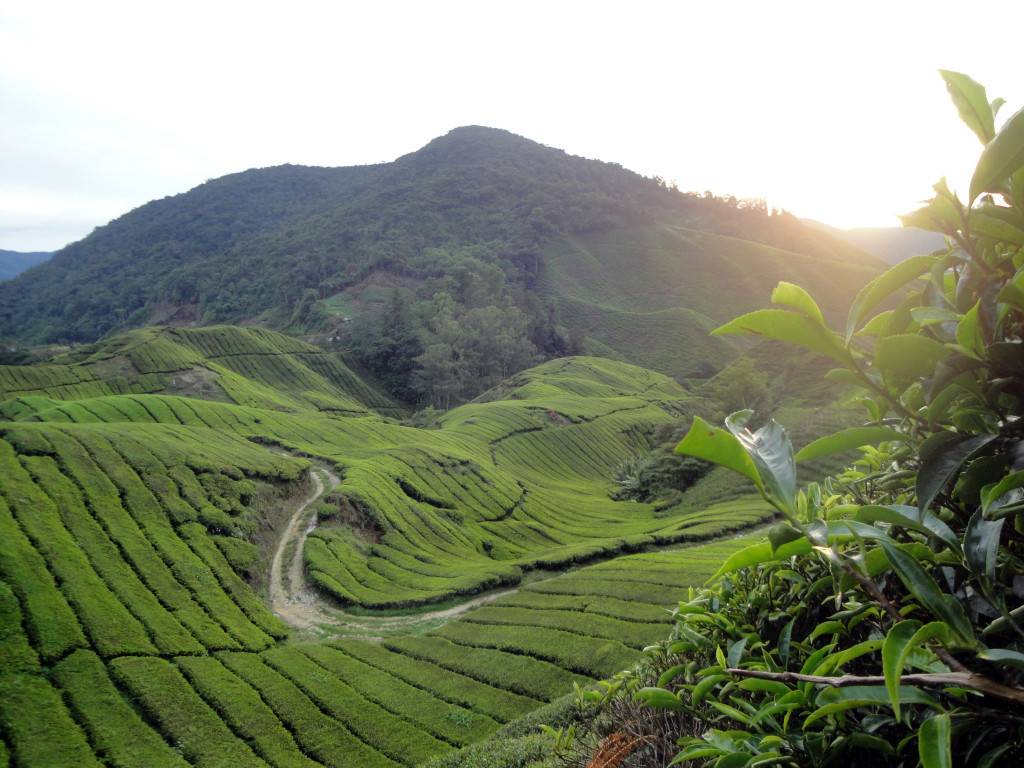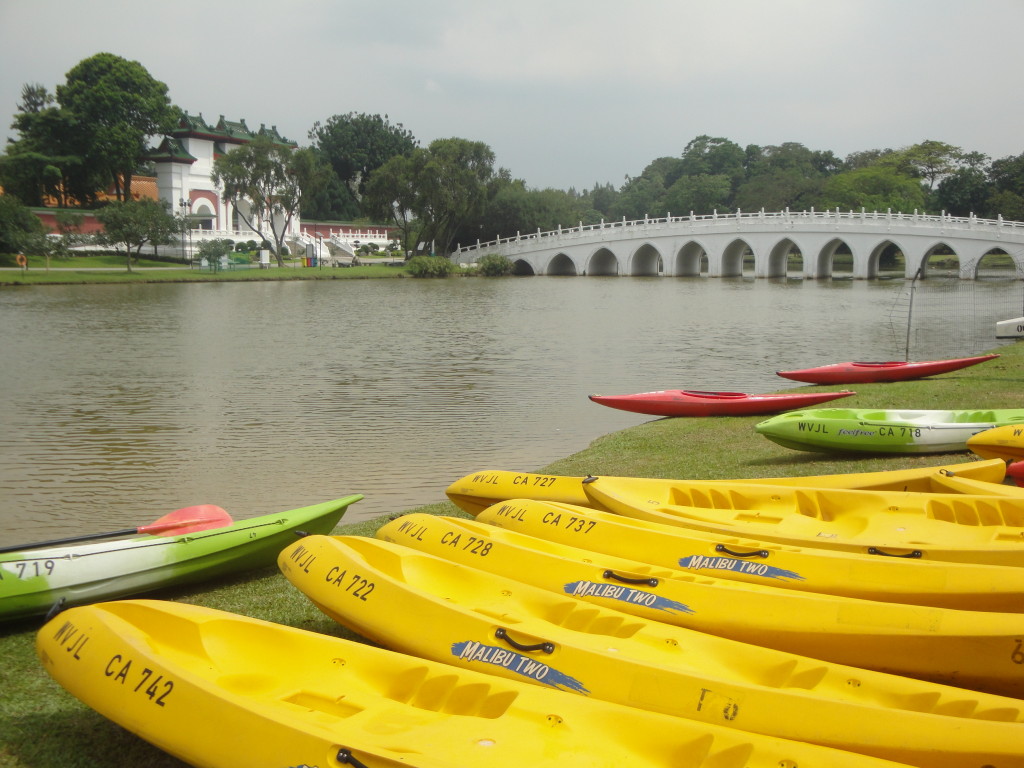Published on August 1, 2013 in the Singapore American Newspaper:

Cameron Highlands, Malaysia
There are plenty of reasons why Singapore is a great place to live. One of them is how easy it is to leave for a short break. Changi Airport has consistently topped lists of the world’s best airports for the last two decades and those with residency status move through it very quickly, but there are still a number of obstacles that can trip you up when setting off to explore Southeast Asia. To help you avoid my mistakes and oversights, here are my top five tips for newcomers to Singapore who are looking to discover the riches of the continent around us.
Number One: Visas!
Visa costs and requirements vary greatly throughout Asia, so right after (or even before) you buy your flight tickets, hit the website of your destination’s embassy to figure out what you’ll need. Many nations surrounding Singapore will allow you to buy an On-Arrival Tourist Visa but some require a Letter of Approval from the local embassy to do this and most can only be purchased in American dollars (and sometimes only in new bills). There can also be extra requirements, like a minimum number of blank passport pages. Bottom line: do your research in advance and prevent a debacle at the airport.
Number Two: Know the Health Risks
Malaria is a year-round risk throughout Southeast Asia but it needn’t prevent you from going where you want to go. A general physician in Singapore can usually provide anti-malarial tablets but be aware that you have to start the regimen a few days before your trip, so give yourself enough time. However, the most frequently reported illness among visitors to Southeast Asia is the highly unglamorous traveler’s diarrhea. While abroad, one of my greatest joys is trying dishes in restaurants frequented by the locals but this can admittedly be risky. So, there are a few rules of thumb to keep in mind when it comes to chowing down. Don’t drink or brush your teeth with the local water. Be sure to check that the seals of any bottles of water you buy are unbroken. Don’t eat raw fruits or vegetables as they have likely been washed in the local water; the exception is fruit you peel, like bananas or oranges. Be wary of how foods with a high risk of salmonella—like eggs or chicken—are prepared; opt for fried instead of steamed or boiled if you’re uncertain.
Number Three: Take More Cash than You Think You’ll Need
I will be the first to confess that I rely far too much on a credit card and not enough on cash. Take my word for it: it is no fun wasting your precious time in an exotic paradise desperately searching for an ATM. But even if you’re not me and you calculate your trip’s expenses down to the penny and take out enough foreign notes in advance, there will always be an unexpected cost somewhere down the line. For example, did you know you need to pay an airport tax in cash when you leave Indonesia? So, in addition to taking way more money than you need, I would also suggest you don’t exchange your extra baht, dong, or kip until you’re safely back on Singaporean concrete, where at least the fees will be in a currency you’re used to.
Number Four: Invest in a Necessities Kit
It’s easier to have a little travel bag of necessities on hand instead of rifling through your cabinets for 100ml toiletries before every trip. Ideally an essentials kit for Southeast Asia should include: sunscreen, insect repellant, Purell, painkillers, band aids, anti-malarials, Pepto Bismal or the equivalent, wet wipes, toothpaste, toothbrushes, extra medication and miniature versions of your normal routine (shampoo, face wash, shaving cream, etc.). And don’t forget the number one necessity: tissues. Much of Southeast Asia operates on a system of BYO toilet paper and you will come to cherish the packets of tissues you cleverly brought with you.
Singapore’s pharmacies are pretty good about carrying travel-sized toiletries, which were once a convenience and are now a necessity if you want to step foot on a plane without checking a bag. And when you’re only flying a few hours to stay for a few days it is worth neither the hassle nor the cost to check a bulky piece of luggage. Pack sparingly and smartly.
Number Five: Relax
I’ve heard a lot of scary stories about Asia from a lot of people who’ve never been. I actually had a friend frantically warn me about a disease in Papua New Guinea that causes a person to laugh themselves to death. A quick internet search revealed that this disease is transmitted via cannibalism, which I don’t generally practice. What I have found from traveling around Asia is a lot of breathtaking sights, delicious food and friendly people.
There has yet to be a country I regret visiting. Sure, the salmonella poisoning in Myanmar wasn’t all that fun, but the Burmese were some of the most genuinely sweet people I have ever met. It’s up to you what you get out of travel. Not every trip will go completely to plan (actually I can guarantee that almost none of them will) but if you keep an open mind and an adventurous spirit, there also won’t be a single trip you don’t learn something about yourself from.
Happy travels!

